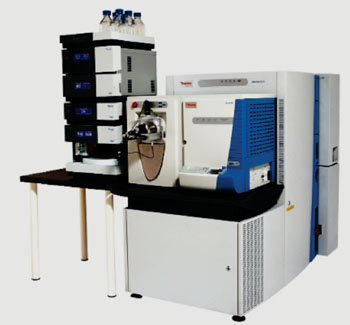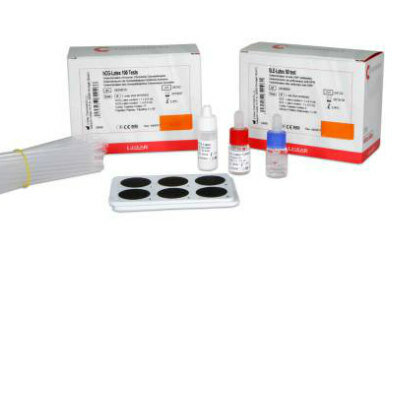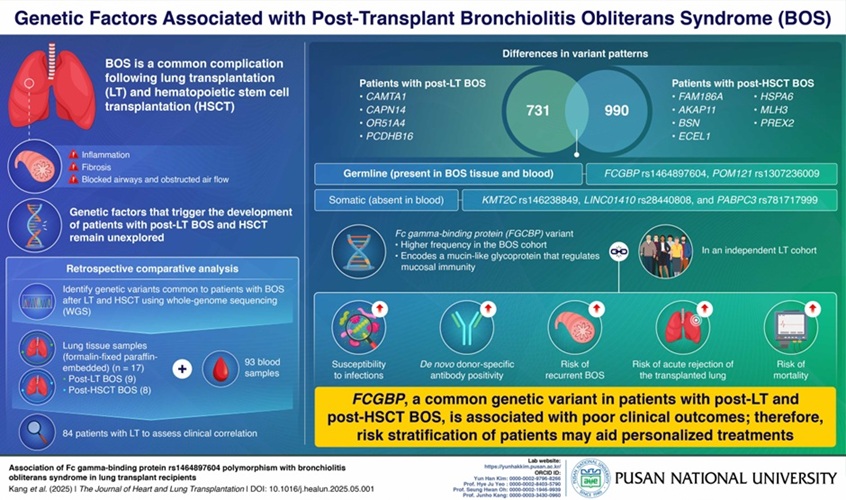Biomarker Identified in Breast and Prostate Cancers
By LabMedica International staff writers
Posted on 25 Aug 2015
A novel genetic biomarker has been identified responsible for the progression of many breast and prostate cancers and these finding could bolster efforts to better identify patients who respond to certain types of chemotherapy drugs that attack the most aggressive forms of cancer.Posted on 25 Aug 2015
Metastatic dissemination is a multistep process that involves cell migration, invasion and growth at distant sites and the “amoeboid” phenotype has emerged as a migratory mechanism that facilitates metastasis. Amoeboid behavior is prominent at the invasive front of tumors, confers rapid migration rates and enables survival within the vasculature.

Image: The LTQ Orbitrap Elite mass spectrometer (Photo courtesy of Thermo Scientific).
Scientists at Cedars-Sinai Medical Center (Los Angeles, CA, USA) and their colleagues investigated whether the loss of Diaphanous-related formin-3 (DIAPH3), frequently associated with metastatic breast and prostate cancers, correlates with increased sensitivity to taxanes, which are widely employed chemotherapies for patients with metastatic prostate and breast cancer.
Different patient cohorts were analyzed for DIAPH3 gene expression profiles and various other techniques were used in the study. These included the identification of DIAPH3 interactomes where tryptic peptides were extracted, concentrated, reconstituted in 0.1% formic acid, separated on a 25 cm EASY-Spray C18 column, and analyzed by an LTQ Orbitrap Elite mass spectrometer (Thermo Scientific; Waltham, MA, USA). Live cells were imaged using a Nikon Ti inverted confocal microscope (Nikon Instruments Inc.; Melville, NY, USA) coupled to a Spinning Disk head (Yokogawa Electric Corporation; Tokyo, Japan).
The scientists found that that loss of DIAPH3, frequently associated with metastatic breast and prostate cancers, correlated with increased sensitivity to taxanes. DIAPH3 interacted with microtubules (MT), and its loss altered several parameters of MT dynamics as well as decreased polarized force generation, contractility, and response to substrate stiffness. Silencing of DIAPH3 increased the cytotoxic response to taxanes in prostate and breast cancer cell lines. Analysis of drug activity for tubulin-targeted agents in the NCI-60 cell line panel revealed a uniform positive correlation between reduced DIAPH3 expression and drug sensitivity. Low DIAPH3 expression correlated with improved relapse-free survival in breast cancer patients treated with chemotherapeutic regimens containing taxanes.
Shlomo Melmed, MD, director of the Burns and Allen Research Institute at Cedar-Sinai, said, “By identifying cancer biomarkers, then customizing treatment plans for individuals based on this genetic information, we can greatly improve the effectiveness of cancer therapies. This customized plan replaces a one-size-fits-all approach to cancer treatment.” The study was published online on July 16, 2015, in the journal Scientific Reports.
Related Links:
Cedars-Sinai Medical Center
Thermo Scientific
Nikon Instruments Inc.














